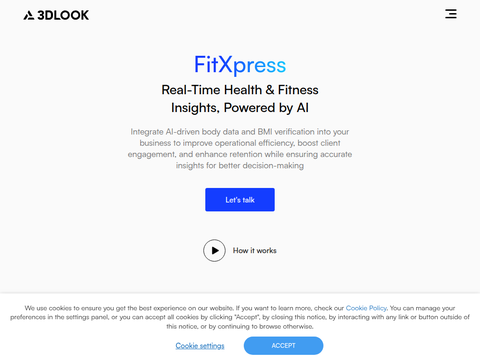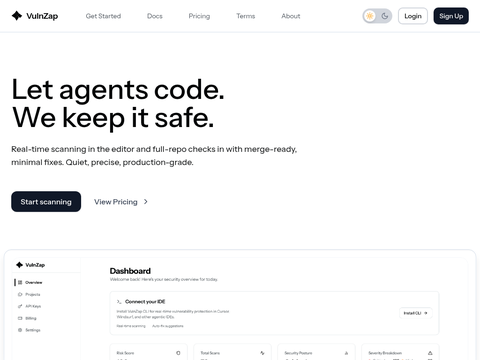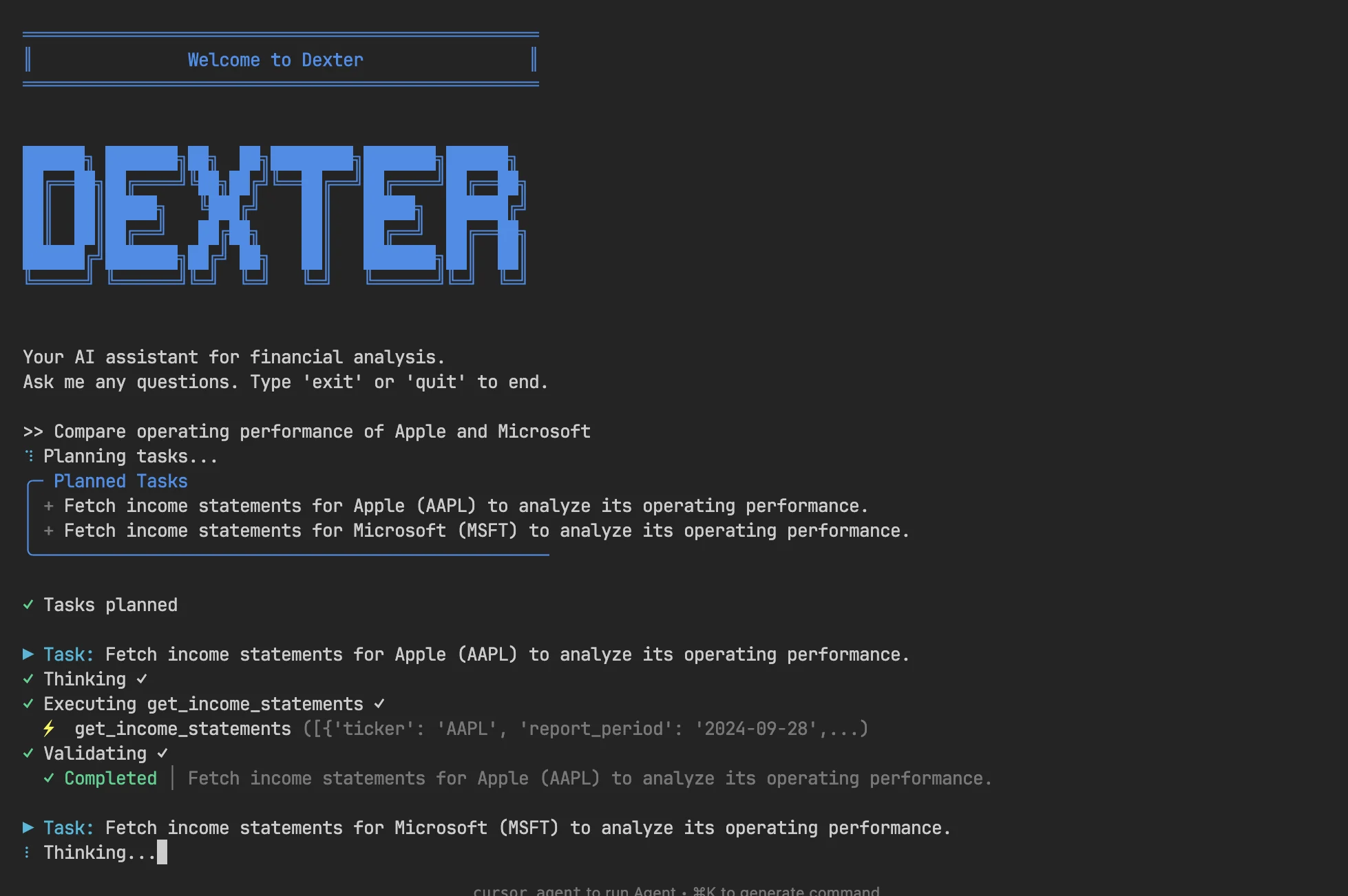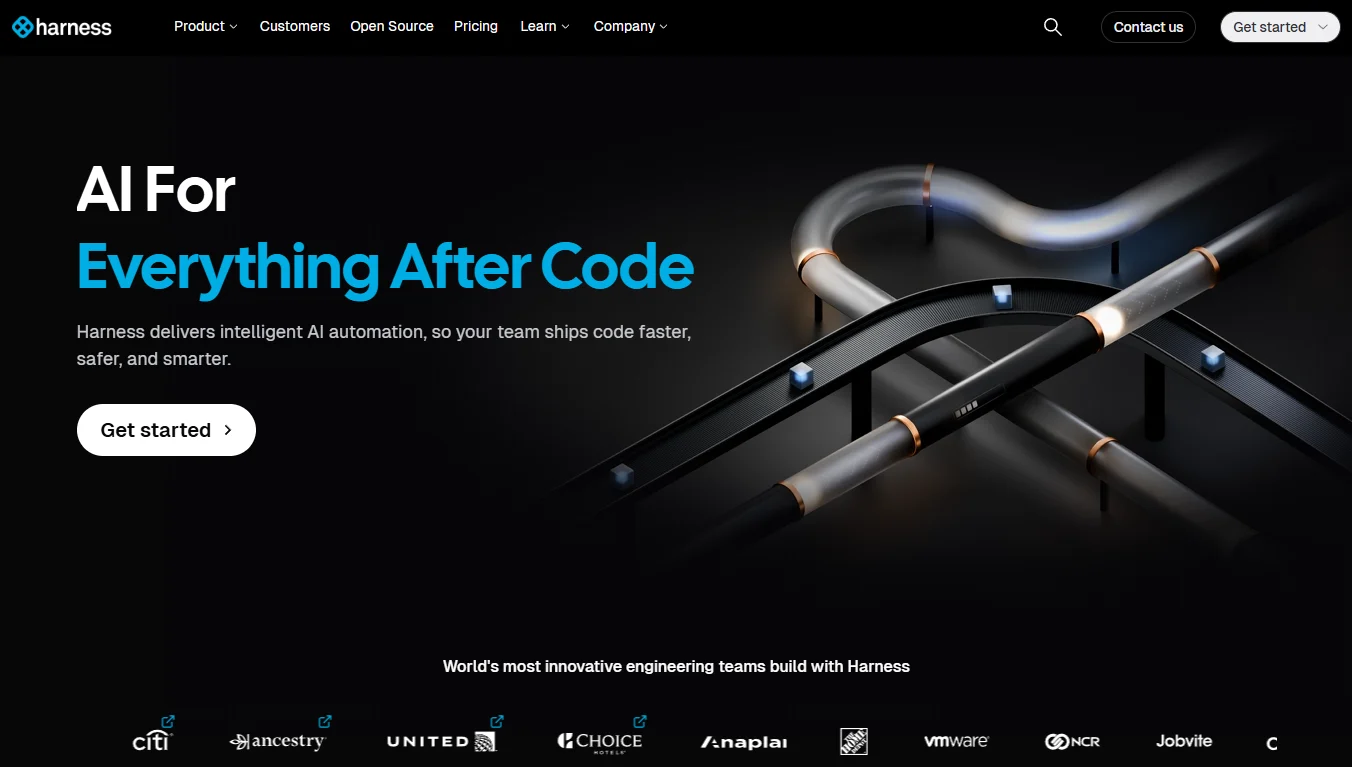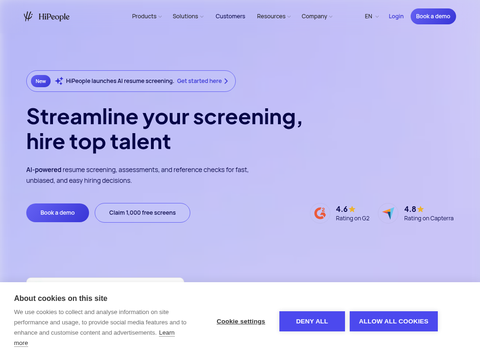Microsoft has unveiled its third in-house developed artificial intelligence model aimed at reducing reliance on industry leader OpenAI.
The new model, named MAI-Image-1, is the company's first text-to-image generator. Designed and developed internally by Microsoft's AI team, it represents the company's first model specifically focused on image generation.
"MAI-Image-1 marks the next step in our journey and paves the way for more immersive, creative, and dynamic experiences within our products," Microsoft AI announced in a blog post.
According to reports, MAI-Image-1 excels at creating highly realistic images, developed in collaboration with "creative professionals." The Microsoft AI team explained that one of its goals was to avoid the "repetitive or generic stylistic outputs" commonly associated with AI image generators. Based on example images provided by Microsoft, this effort appears successful, as the model generates more natural lighting and realistic landscapes compared to other models.
The team also highlighted that MAI-Image-1 can process prompts and generate images faster than typically larger competing models, another apparent advantage. That said, these claims cannot be independently verified as the model is currently only accessible to a limited group of testers. Nevertheless, the model has already secured a place in the top ten text-to-image rankings on LMArena, where users compare outputs from various AI systems and vote for their favorites.
More importantly, this release underscores Microsoft's determination to establish itself as a leading AI model developer, accelerating its separation from OpenAI, which it previously relied upon. Microsoft was one of the earliest financial backers of OpenAI and remains one of its largest investors, though the two companies' goals have diverged in recent years. As a result, Microsoft no longer holds exclusive early access rights to OpenAI's GPT models or uses them exclusively to power some of its AI functions. For instance, certain AI features in Microsoft 365 are now supported by models from Anthropic PBC. At the same time, Microsoft has heavily invested in developing its own AI models. In August this year, the company announced its first two internal models: MAI-Voice-1 and MAI-1-preview.
At the time, Microsoft AI division head Mustafa Suleyman stated that the company had established a "comprehensive five-year roadmap," suggesting more models could be released in the future.
In the end, MAI-Image-1 appears set to power image creation features in Microsoft Copilot and Bing Image Creator, with the company indicating it will be available "soon."


